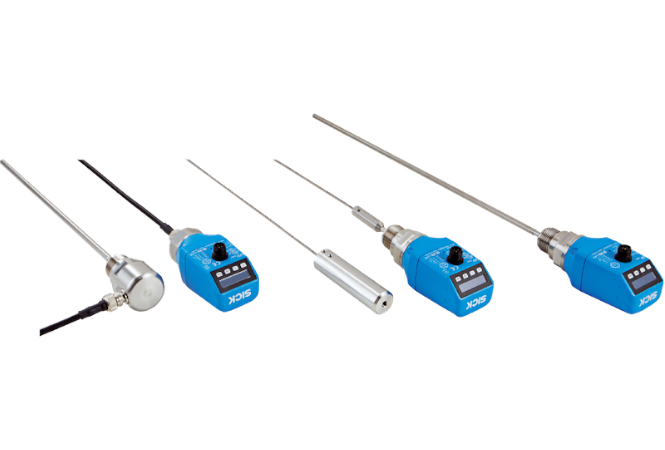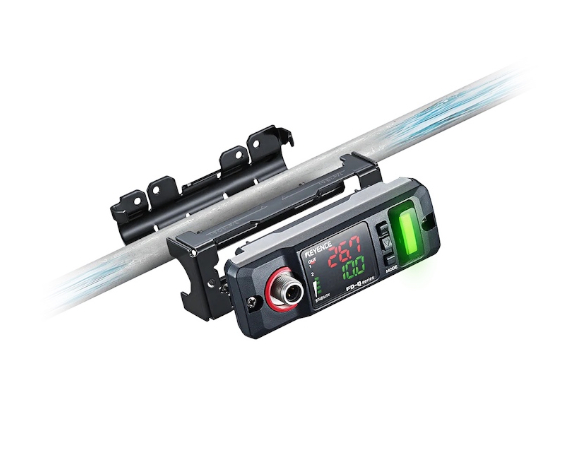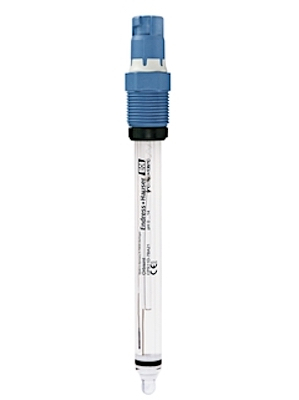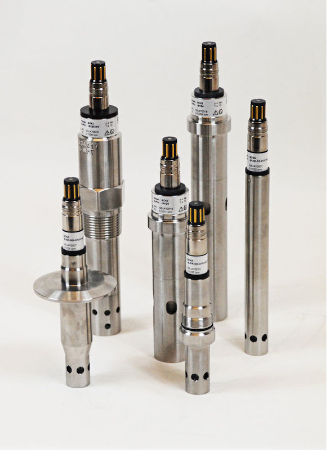Types of Instrumentation Used in Wastewater Treatment Facilities
What types of instrumentation are used in wastewater treatment plants? Let’s review the instrumentation and how treatment plants stand out from other industrial facilities.
Wastewater treatment plants are vast industrial facilities with several automated subsystems. Previously, we covered the types of automation involved in these plants. This article covers the types of instrumentation and how the tools may differ from other industrial facilities.
Instrumentation Used in Wastewater
Level Sensors
Level sensors measure and monitor a fluid’s level in a closed container or area. Readings from the level sensors control the flow of liquid. There are two types of level sensors used in wastewater treatment facilities: point level and continuous.
Point level sensors detect the presence of a liquid at a predetermined level. When a set level is achieved, the sensor activates and sends a signal to the receiver or controller for further processing. On the other hand, continuous level sensors continuously measure the level of the area under consideration and provide real-time level data.

Figure 1. Level sensors for liquid measurement. Image used courtesy of SICK
Level sensors are often used in the digester to control the digester gas, which contains combustible gases such as methane.
Flow Sensors
Flow sensors measure liquid flow across any subsystem of the wastewater treatment facility. Their measurement is necessary to monitor the liquid incoming and outgoing and take adequate action. Different flow sensors are used in the wastewater treatment facility, including magnetic, vortex, mass, and ultrasonic flowmeters. The selection of each technology depends on the treatment stage and liquid.

Figure 2. These flowmeters can clip onto pipes with no modification necessary. Image used courtesy of Keyence
For example, flow sensors are used in the pumping station, which is the first stage of the wastewater treatment facility. Flow measurements monitor the incoming wastewater from different collection points according to the tank capacity and requirements.
Chemical Sensors
pH Meters
A chemical sensor, pH meters measure the pH of liquid inside an area and indicate the water’s acidity or basicity. These pH levels help detect different constituents in water.

Figure 3. An industrial pH meter. Image used courtesy of Endress+Hauser
In an aeration tank, organic compounds break down and require the adequate presence of organic compounds during the process. The pH sensor monitors these organic compounds. If the pH value changes, it alerts the operator and adds or decreases the microbial population for optimum results.
Conductivity Sensors
Conductivity measures how well water conducts electric current, and it depends on the number of salts present in the water. The higher the salt ratio, the higher the conductivity. Similarly, the lower the salt ratio, the lower the conductivity. The conductivity sensor performs continuous measurements and alerts the operator for preventive actions when conductivity exceeds safe limits.

Figure 4. A family of conductivity sensors for pure water applications. Image used courtesy of Yokogawa
Conductivity sensors are used in the grit chamber to measure the conductivity, indicating water salinity. Activated sludge processing removes the grit, and an abundance of oxygen is necessary for the process to occur. Oxygen levels are affected by higher salinity (and thus higher conductivity) and decrease the water's ability to absorb oxygen.
Dissolved Oxygen Analyzers
Dissolved oxygen (DO) analyzers measure the concentration of oxygen dissolved in the water in units of mg/L. Adequate oxygen levels are necessary to keep the microorganisms alive, while low oxygen levels result in the organism's death. Incorrect dissolved oxygen levels can cause organic reactions to fail in the different treatment processes.
In aeration tanks, the wastewater uses different organic bacteria to break waste into various byproducts. To effectively measure oxygen, DO analyzers monitor the oxygen levels in the tank. The DO analyzer alerts the operator to initiate remedial actions when oxygen concentration decreases.
Wastewater Treatment Plants vs. Other Industrial Facilities
Instrumentation used in wastewater treatment facilities uses the same electrical principles and manufacturing steps. But in some cases, wastewater instruments can pose exceptions, namely the need for explosion-proof instrumentation and temperature sensors that include automatic temperature compensation.
Explosion Proof
The wastewater treatment facility contains many organic and inorganic compounds. On an individual scale, these compounds do not cause an explosion. However, an explosion can occur if they are mixed or come in contact with electric or electronic signals. To prevent an explosion, explosion-proof instruments are advisable for wastewater treatment facilities.
Two common worldwide standards are ATEX and IECEx.
The ATEX certification is a European-based, globally accepted certification of instrumentation and equipment in explosive areas. It provides standards so that the manufacturers can engineer instruments to avoid causing an explosion in a hazardous area. The relevant standard is called the directive for the instruments and equipment intended for explosion areas, or directive 94/9/EC (“ATEX 95” or the “ATEX Equipment Directive”).
IECEx is the International Electrotechnical Commission (IEC)'s standard for instruments and equipment used in explosion areas resulting from flammable gasses or organic compounds. Some manufacturers offer certified instruments according to the various IEC standards.
Automatic Temperature Compensation
Wastewater treatment plants can have elevated temperatures of both the environment and wastewater. The elevated temperature changes the electrical properties of some variables, such as conductivity. The change in electrical properties causes the actual temperature reading to drift away from the standard values.
This phenomenon is expected in a wastewater treatment facility due to the environment, and sometimes the collected wastewater is naturally at elevated temperatures. Due to high temperatures, readings may not represent actual values and affect the different treatment processes.
Automatic temperature compensation (ATC) features are used in the instruments to overcome temperature issues. ATC automatically adjusts the readings according to the standard ambient temperature. It uses a sensor to measure the difference in the temperature and sends the feedback to the instrument's internal circuitry. Internal circuitry calculates the temperature difference and adjusts the output reading accordingly.
After reviewing the automation systems and instrumentation used in wastewater treatment plants, we can see that they are massively automated. The gases that can come off the wastewater are dangerous, which is where automation comes in and protects personnel through remote monitoring capabilities. As digital transformation and Industry 4.0 continue to grow, the automation within all industrial facilities will also grow.

 Facebook
Facebook Google
Google GitHub
GitHub Linkedin
Linkedin







